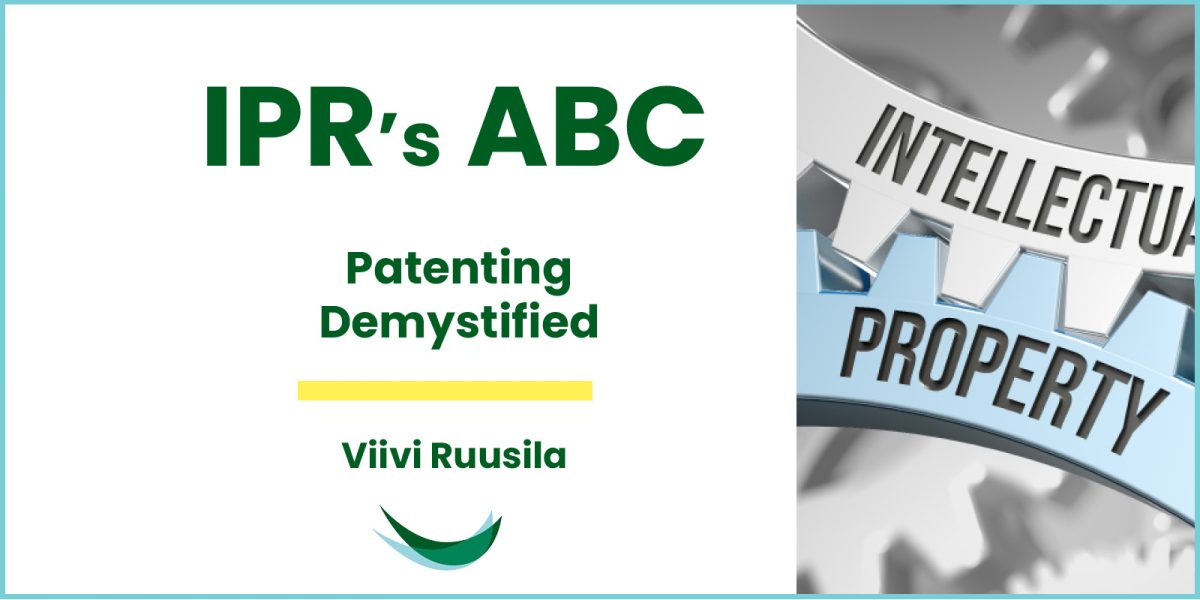-
Services
-

To prepare the patent application, a meeting is scheduled where the features of the invention and the protection objectives are discussed together with the client. The invention must be new and not obvious to a skilled person in the field. Therefore, the patent application must be filed before the invention is publicly disclosed, for example, on websites, at trade fairs, or when the first products are sent to customers. No new matter can be added to the application during the application process, so it is important to ensure that the invention is described as accurately and in as much detail as possible when drafting the application.
The patent application includes several parts:
It is advisable to use the assistance of a patent attorney who is familiar with the patent field and the preparation of patent applications, as a professionally and carefully drafted application has better chances of success.
Once the patent application is complete, it is filed, meaning it is submitted to the patent office for examination. The application first undergoes a formal examination to ensure that all necessary documents are included and the filing fee has been paid.
Following this, the patent office examines the patentability of the invention, i.e., whether the invention is new, involves an inventive step and is industrially applicable, and ensures that the description and patent claims meet the patent legislation.
If the requirements for patenting are met and there are no obstacles to the acceptance of the application, the patent office will grant the patent. If the basic requirements for patenting are not met or there are other objections to the grant of the patent, the patent office will issue an office action requesting corrections. In these cases, the applicant has the opportunity to, within the given deadline, make amendments to the patent application, for example, by amending the patent claims, and/or submit arguments for novelty and inventive step. Any amendments must be based on the application as filed.
Once the applicant has submitted the response to the office action, the patent office will review the submitted documents. After that, the patent office has the option to grant the patent, submit a new office action, or submit a decision of refusal. Typically, the patent office issues 1 to 3 office actions before grant or refusal of the patent.
The patent application is published 18 months after the filing date. With this publication, others are able to access and review the application.
After the examination of the patent application and any office actions, the patent office makes a final decision on the grant or refusal of the patent. If the invention meets all the requirements for patentability, the patent is granted. After the grant, the patent holder has the right to exclude others from using the patented invention without permission.
If the patent office refuses the patent and you do not agree with the decision, you can file an appeal.
Patents are generally country-specific, and the exclusive rights apply only in the countries where the patent holder has a valid patent. Usually, after the first application, i.e., the priority application, it may be necessary to extend the patent protection to other countries. The invention may also have undergone improvements or modifications as a result of further development that were not included in the priority application. Consequently, subsequent applications can be filed, and it is advisable to file them within 12 months of the filing date of the priority application so that the subsequent applications share the same filing date and any publications that may have occurred in the meantime do not prevent the patent from being granted. If this 12-month period has passed and the invention has not been published otherwise, one may consider filing subsequent applications before the priority application is published.
A patent can remain in force for up to 20 years from the filing date by paying renewal fees. Depending on the country, renewal fees may need to be paid starting from the application date (usually from the second year after the application is filed) or only from the date the patent is granted onward.
Patenting is a multi-stage process and requires careful preparation and precise monitoring. Through patenting, the owner of the invention can ensure that the invention is not used by others without permission. To ensure the success of the patenting process, we recommend contacting our experts well in advance of the publication of the invention.
Any questions? Do not hesitate to contact our experts – we’re here to help you!